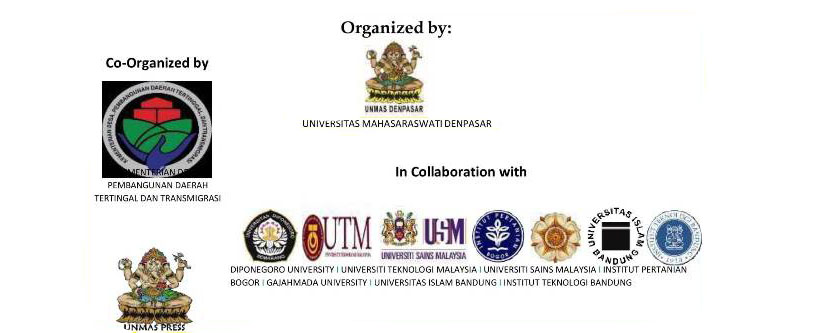Identifying Local Spatially Dependent Driving Factors of Village Development in Jambi Province
Keywords:
Geographically Weighted Regression (GWR); infrastructure; local spatial relationship; spatial variability; Village Development Index (VDI)Abstract
Village is the smallest unit of administrative boundaries in Indonesia. There are more than 74,000 villages in our country with various characteristics. One way that can be used to determine the hierarchy of village development is by analyzing the village development index (VDI). The objectives of this study are to calculate VDI and to identify spatial variations in the relationship between VDI and its driving factors in every location. In this study, Jambi Province was selected as the research location. There are 1543 villages in Jambi. The VDI in this study were determined by considering the number of facilities/infrastructure and the accessibility to access those facilities. Villages with higher VDI are more developed rather than other villages. To identify the driving factors of village development, 62 variables from PODES and spatial data were included in the Ordinary Least Square (OLS) model. Based on OLS results, we found 17 variables which statistically significant affecting village development in Jambi. Then, Geographically Weighted Regression (GWR) model was employed to identify the spatial relationship of driving factors to village development. The seventeen variables included number of education, health, and economic facilities; accessibility; percentage of built-up area, household working in agricultural sector, household using electricity, household living in slum area, poor people; number of criminality and people suffering from malnutrition. Studies of the interdependencies between these driving forces which affecting village development in the region remain limited. The presented findings show that the local driving forces affecting village development in Jambi Province vary spatially.


